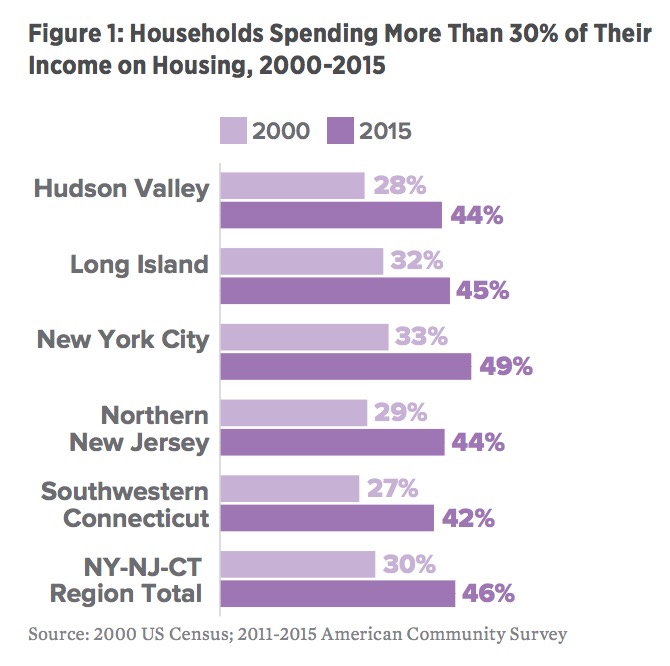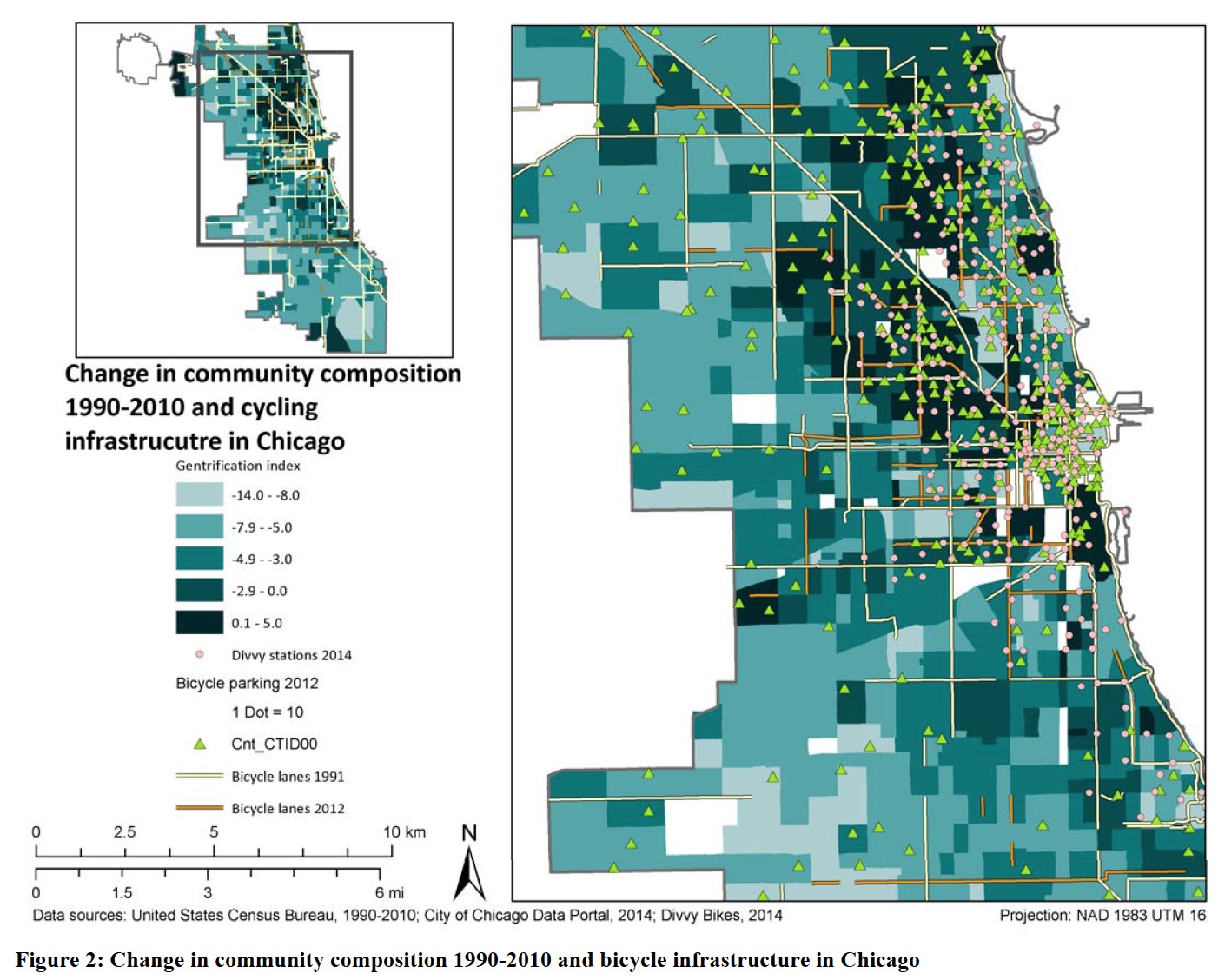
The idea that people can find a comfortable place to put down community roots for the long term is increasingly precarious. The pressure on poorer residents to leave for more distant areas and make way for people who can afford more has seemingly moved from neighborhood to neighborhood with little slowdown, overcoming recessions, natural disasters, and concerted efforts from government and community organizations alike. There is a common thread in the areas experiencing these pressures: They are walkable areas with good access to jobs and public transit. And they also are the areas where the people most vulnerable to displacement are likely to live.
View this complete post...














 RSS Feed
RSS Feed